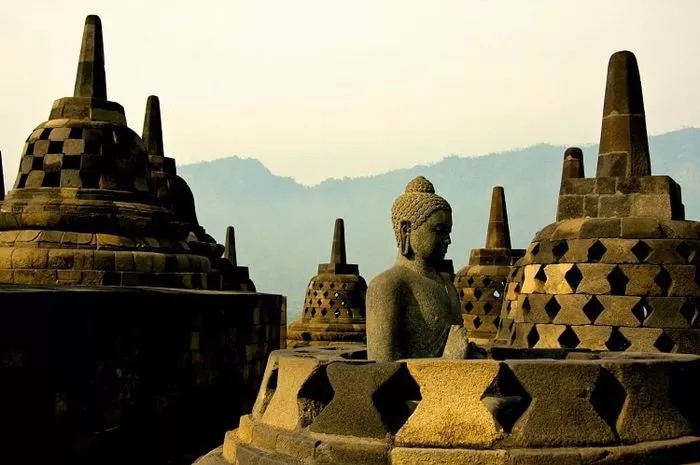Buddhism is one of the world’s oldest and richest spiritual traditions. It has many different schools and paths. Among them, two major branches stand out: Theravada and Mahayana. These two traditions have different teachings, practices, and histories. One common question many people ask is, “Which one is older?” This article will explore that question deeply with clear and simple explanations.
What Is Theravada Buddhism?
The Meaning of Theravada
Theravada means “Teaching of the Elders.” It is often called the oldest form of Buddhism. Theravada focuses closely on the original teachings of the Buddha, as found in the earliest Buddhist scriptures. It emphasizes personal enlightenment through meditation, moral conduct, and wisdom.
The Origin of Theravada Buddhism
Theravada Buddhism started after the Buddha’s death, around the 3rd century BCE. It took shape during the Third Buddhist Council, led by King Ashoka of India. The monks then collected and organized the Buddha’s teachings into a written form called the Pali Canon or Tipitaka. Theravada later spread mainly to Sri Lanka, Myanmar, Thailand, Laos, and Cambodia.
Its strong connection to the earliest teachings makes Theravada often called the “original” or “oldest” school of Buddhism.
What Is Mahayana Buddhism?
The Meaning of Mahayana
Mahayana means “Great Vehicle.” It is a broad movement that began several centuries after the Buddha’s death, around the 1st century BCE to 1st century CE. Mahayana focuses more on compassion and the ideal of becoming a Bodhisattva — a being who delays personal enlightenment to help all sentient beings achieve liberation.
Mahayana Buddhism includes many diverse schools like Zen, Pure Land, and Tibetan Buddhism.
The Origin and Spread of Mahayana
Mahayana developed as new Buddhist ideas and texts appeared. These texts emphasized universal salvation and new philosophical views. Mahayana spread mostly northwards, reaching China, Korea, Japan, and Tibet. It grew into a rich tradition with many teachings and practices beyond the early scriptures.
Theravada and Mahayana: Comparing Their Histories
Historical Timeline
- Theravada: Rooted directly in the earliest Buddhist councils (3rd century BCE).
- Mahayana: Emerged later, around 1st century BCE to 1st century CE.
Thus, Theravada is historically older than Mahayana. It preserves the earliest known Buddhist teachings, while Mahayana introduced new scriptures and ideas later.
Differences in Texts and Teachings
Theravada relies on the Pali Canon, which contains the Buddha’s earliest sermons and rules for monks. Mahayana includes these early texts but also adds many new sutras that appeared centuries later. These new texts present a different outlook on enlightenment and the path of compassion.
Why Does the Age Matter?
Understanding which tradition is older helps in appreciating their origins and distinct characteristics. Theravada is often seen as closer to the Buddha’s original teachings. Mahayana represents an expansion and evolution of Buddhist thought, adapting Buddhism to new cultures and needs.
Both have deep wisdom and valuable practices, but knowing their history clarifies how they relate to each other.
Common Misunderstandings
Is One Tradition More “Pure” Than the Other?
Some people think Theravada is “pure” Buddhism because it is older. However, Mahayana is also authentic and respected worldwide. Both paths guide millions of people toward peace and awakening.
Can They Be Practiced Together?
Yes. Many Buddhists respect teachings from both traditions. Some modern teachers blend practices from Theravada and Mahayana. The goal is to help everyone find liberation, no matter which path they follow.
Which is Older — Theravada or Mahayana?
Theravada Buddhism is older than Mahayana Buddhism. It dates back to the earliest Buddhist councils and preserves the oldest Buddhist scriptures. Mahayana developed centuries later as a new movement emphasizing compassion and the Bodhisattva ideal.
Both traditions have unique strengths and have contributed greatly to Buddhism’s rich history.
Conclusion
Buddhism is not about competition between schools but about finding wisdom and peace. Whether you explore Theravada or Mahayana, each path offers powerful ways to understand the mind, reduce suffering, and live with kindness.
Knowing which tradition is older helps us respect the journey Buddhism has taken over thousands of years. It also encourages us to appreciate the diversity of teachings that continue to inspire people worldwide.

